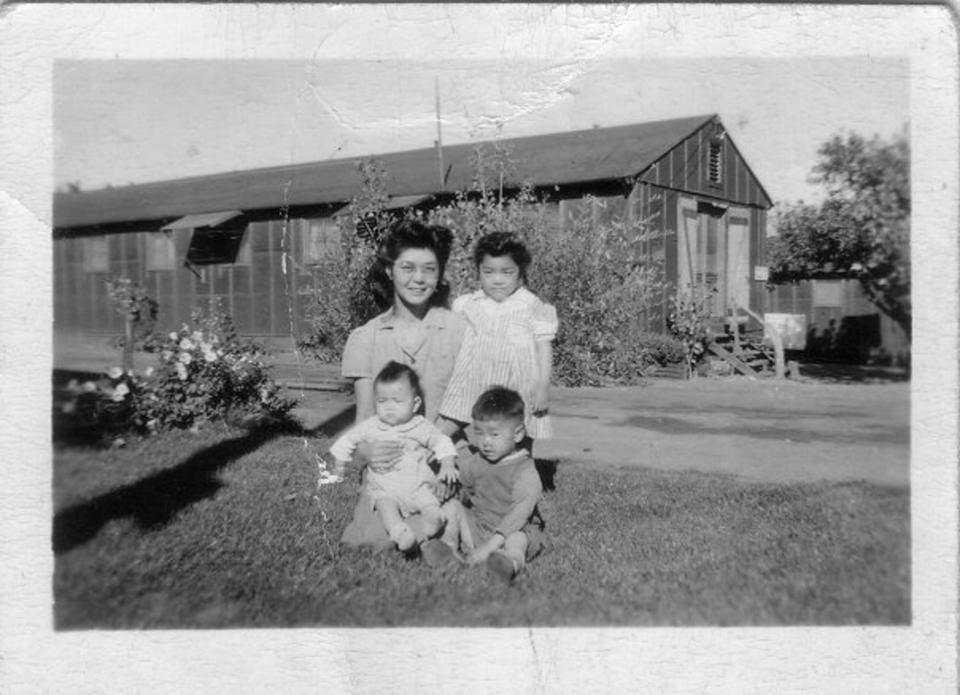Japanese Americans lives' during WWII mass incarceration shown in rare Ansel Adams' images
Sunday marks 81 years since President Franklin D. Roosevelt signed the Executive Order that led to the mass incarceration of 120,000 Japanese Americans.
A rare set of photographs taken by Ansel Adams, one of America's most well-known photographers, documented those impacted by the order. Japanese immigrants who were legally forbidden from becoming citizens and people born in the U.S. living in California, southern Arizona, and western Washington were rounded up, according to the U.S. Library of Congress.
"We lost everything, like I lost my heritage," historian Hanako Wakatsuki told USA TODAY in a 2022 interview. "I had four generations of my family incarcerated at Manzanar," one of 10 camps where Americans with at least 1/16th Japanese ancestry were confined.
Wakatsuki also had relatives incarcerated at Minidoka and Tule Lake.

During the fall of 1943, Adams visited Manzanar War Relocation Center in Inyo County, California, approximately 200 miles northeast of Los Angeles.
He mostly took portraits, but also captured people’s daily lives, agricultural scenes, sports and leisure activities.
Her family couldn't talk about it: Now she educates others about this dark point in US history
Adams presented a positive view of the incarcerated, a stark contrast to the actual upheaval of the evacuation and the bleak conditions of the camps.
Adams' photographs of people have been largely overlooked. Instead, he’s best remembered for his ability to emphasize the natural beauty of iconic places like Yosemite and the Sierra Nevada.
When offering the collection to the Library in 1965, Adams said in a letter that the purpose of his work “was to show how these people, suffering under a great injustice, and loss of property, businesses and professions, had overcome the sense of defeat and dispair by building for themselves a vital community in an arid (but magnificent) environment.
“All in all, I think this Manzanar Collection is an important historical document, and I trust it can be put to good use," Adams wrote.
Roosevelt unveiled the program on Feb. 19, 1942, after Japan bombed Pearl Harbor on Dec. 7, 1941, citing fears of a Japanese invasion and subversive acts by Japanese Americans as an excuse for such an order.
In the 1988 Civil Liberties Act, Congress declared that the incarcerations were "motivated largely by racial prejudice, wartime hysteria, and a failure of political leadership," and authorized a $20,000 payment to Japanese Americans who suffered “grave injustice” during World War II.
Camille Fine is a trending visual producer on USA TODAY's NOW team.
Contributing: Eve Chen, USA TODAY
This article originally appeared on USA TODAY: WWII Day of Remembrance: Japanese incarceration in US in Adams' photos

